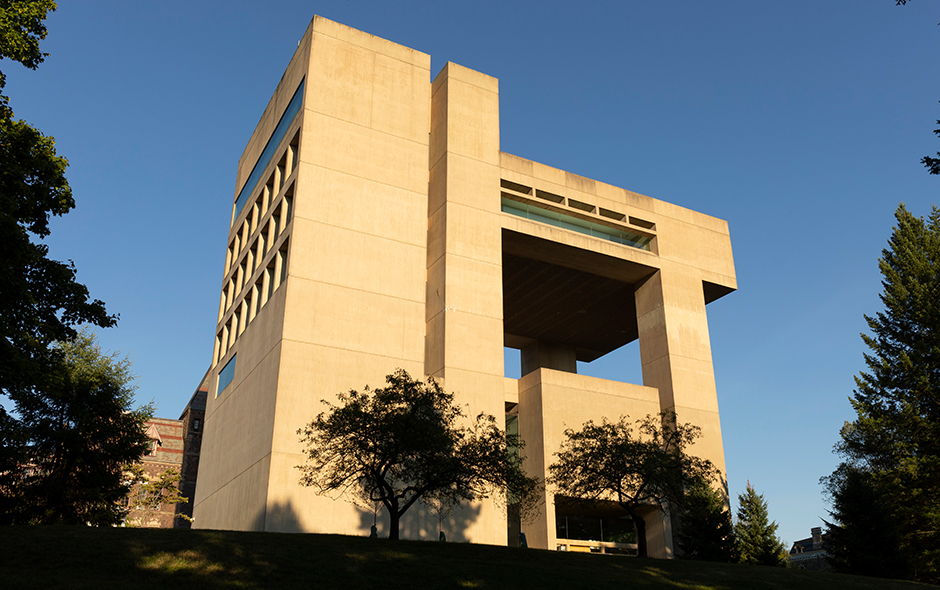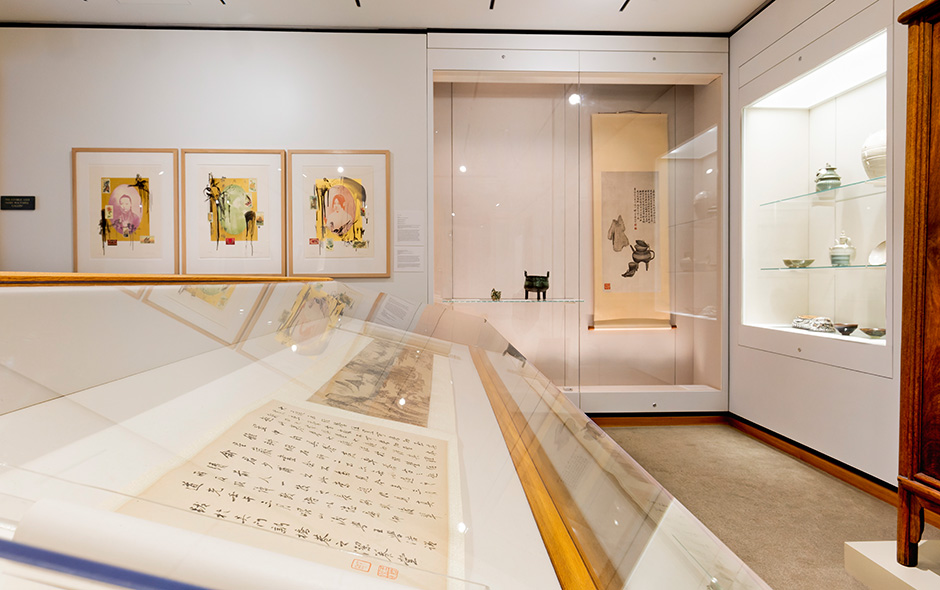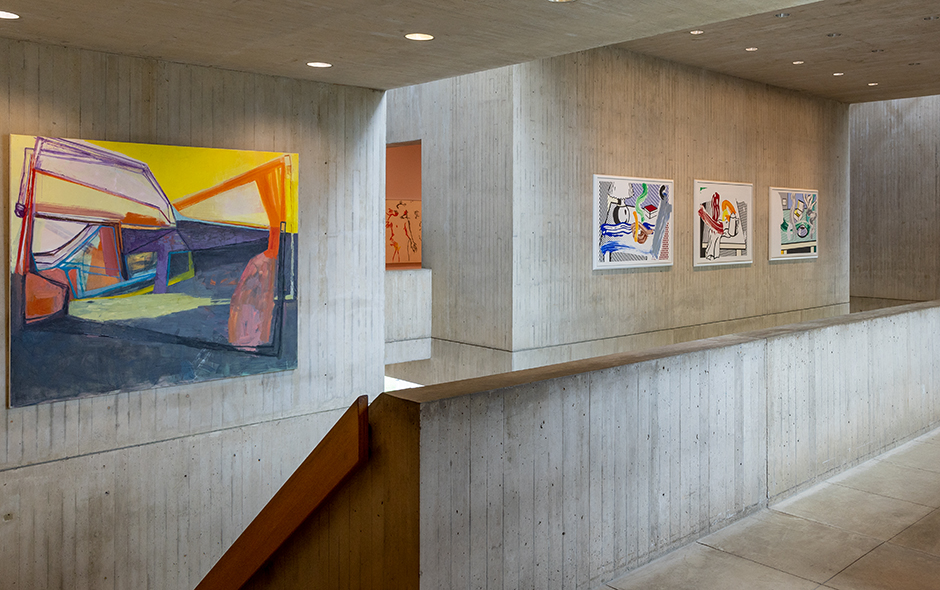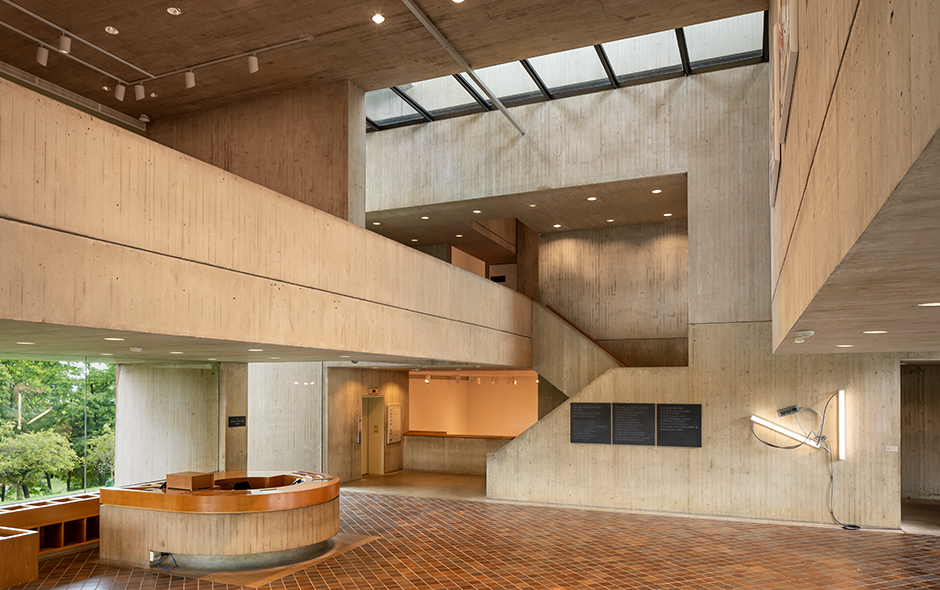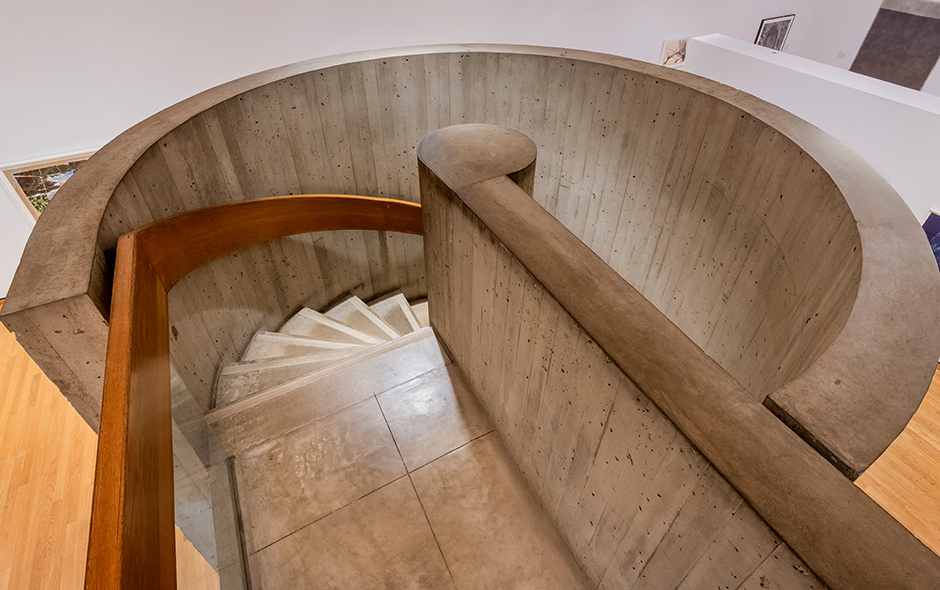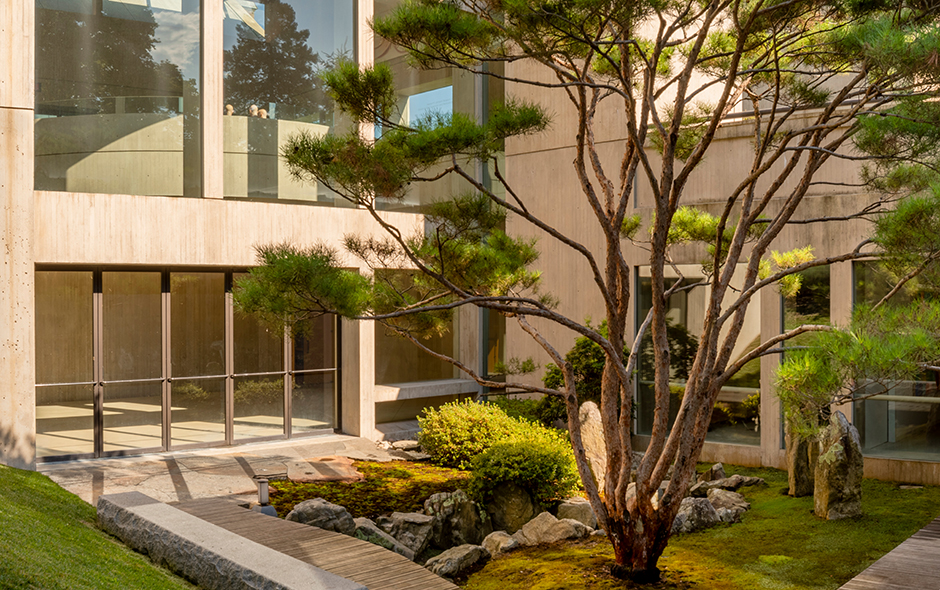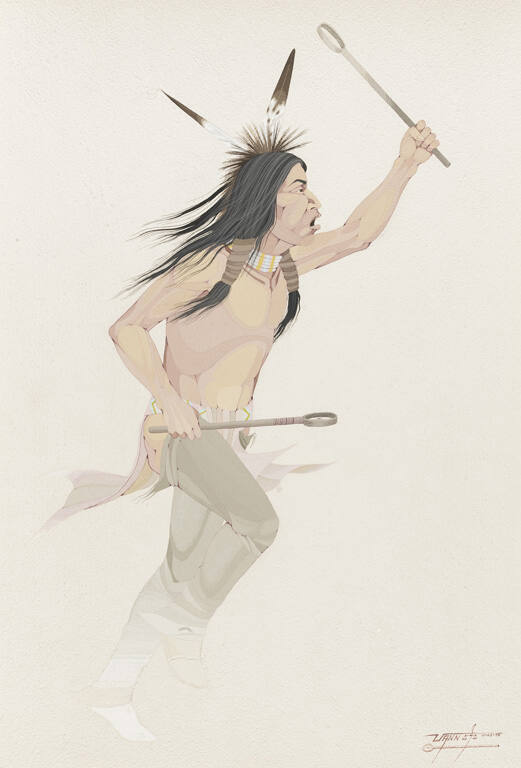Hokuba Teisai
(Japanese, 1771 – 1844)
Ono no Komachi and Yang Kuei-fei Under a Cherry Tree
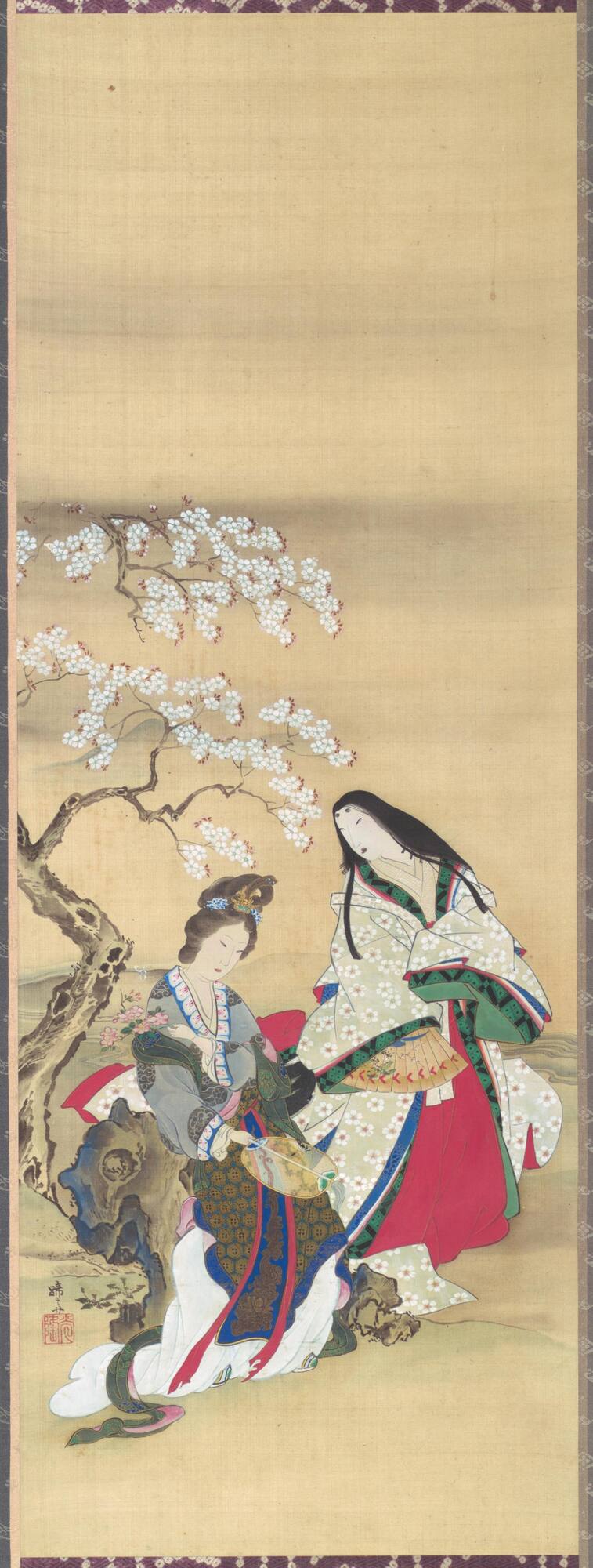
Object Details
Artist
Hokuba Teisai
Date
1771-1844 A.D.
Medium
Hanging scroll: ink and colors on silk
Dimensions
Image: 38 1/4 × 14 3/4 inches (97.2 × 37.5 cm)
Credit Line
Gift of the Class of 1937
Object
Number
87.079
Both Ono no Komachi (ca. 825–900) and Yang Guifei (719–756), together in this imaginary depictio(…)
Both Ono no Komachi (ca. 825–900) and Yang Guifei (719–756), together in this imaginary depiction, were renowned for their unusual beauty. Ono no Komachi, a famous waka poet, came to be regarded as an ideal feminine beauty in Japan; Yang Guifei, the beloved consort of Emperor Xuanzong of Tang during his later years, was known as one of the “Four Beauties” of ancient China. Hokuba became one of the most successful pupils of the ukiyo-e master Katsushika Hokusai (1760–1849), and was ultimately able to establish a truly independent painting style. Besides producing illustrations for poetry and novels, Hokuba occupied much of his career painting images of beautiful women, typically with the figure rendered in highly colorful detail and the landscape in an ink-wash style adopted from the Edo Kano school, which was ultimately inspired by Chinese Southern Song painting. (“Tradition, Transmission, and Transformation in East Asian Art,” curated by Cornell PhD student Yuhua Ding under the supervision of Ellen Avril and presented at the Johnson Museum January 23-June 12, 2016)



